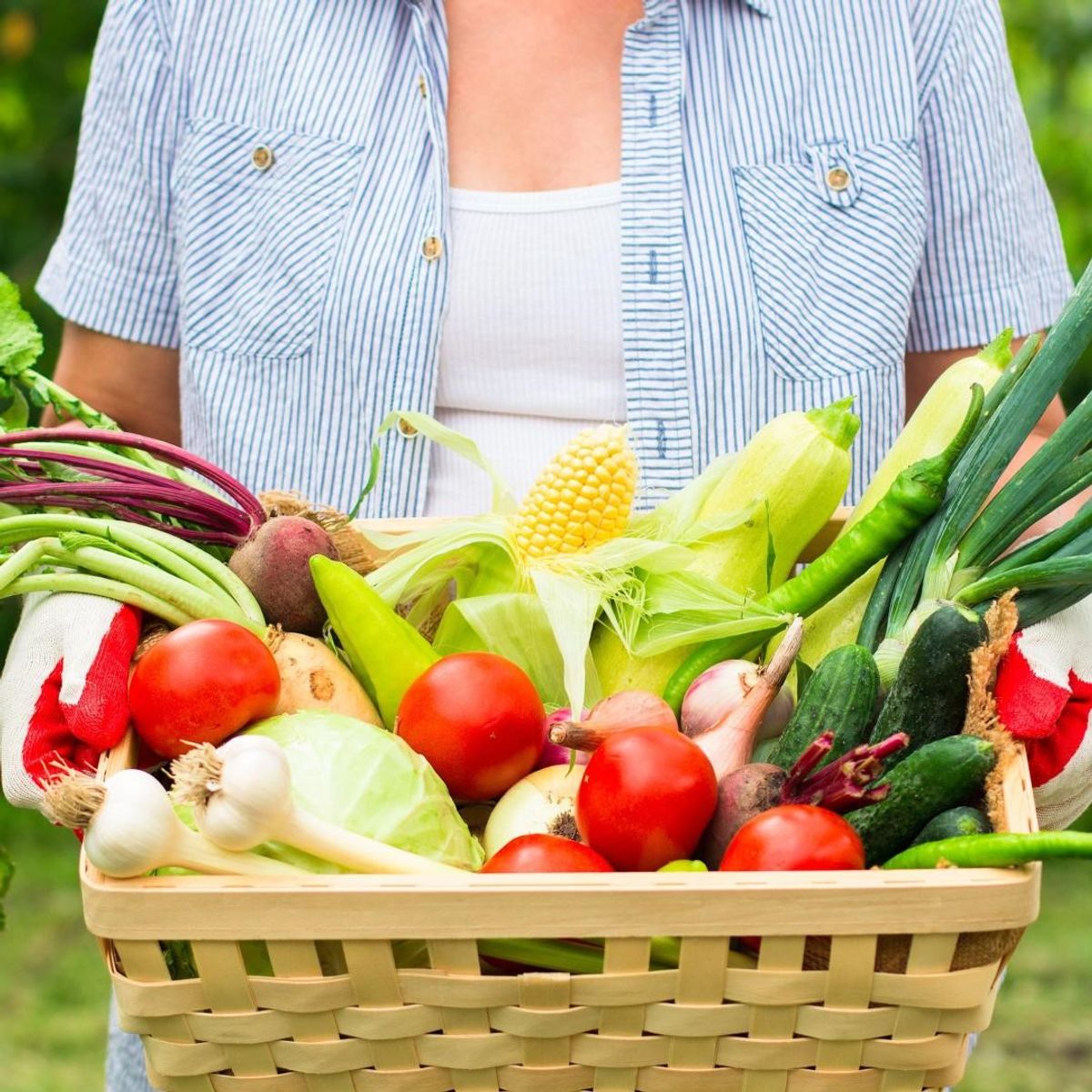
From sustainability to satisfaction to cost and nutrition, the trend of nurturing your own edible garden and harvesting the fruits (or vegetables) of your labour is, quite literally, growing. Recently, we guided you through creating a raised garden bed, and the next step is to fill it with all sorts of deliciousness.
But where to start? While some varieties are hardier and more fool-proof than others, it’s important to consider key plant particulars like your soil type, the amount of sunlight the space receives, your climate, experience and how big the space is. That aside, we’ve hand-picked ten of the best to turn your backyard into a thriving oasis of homegrown goodness.
- Tomatoes
If you’re a fan of the humble tom, nothing beats the flavour of a freshly picked, sun-kissed beauty eaten straight from the garden or generously sliced atop a slice of ciabatta accompanied by mozzarella, basil, and a drizzle of olive oil. You’ll find plenty of fun varieties of all colours and sizes to grow; just be prepared to be forever disappointed by supermarket tomatoes.

- Onions
While lacking in the ‘eat straight from the garden’ appeal, onions and shallots are a low-maintenance staple that forms the foundation of plenty of dishes. They store well after harvest (meaning they won’t end their lives shrivelled in your veg drawer) and grow well in most areas.

- Salad greens
Popping out barefoot to pick a salad during dinner prep is a real treat. It slows you down, connects you with nature, and just tastes better. While lettuce (of which there are plenty of varieties) typically prefers cooler weather, it can be grown year-round, provided it’s well-watered and gets some shade time. Add kale, arugula, baby spinach and endive to your repertoire for a colourful, textural, and flavourful salad.
- Radishes
Easy to grow and one of the fastest-producing plants, we think radishes deserve a spot in your plot. Ready to harvest in just 3-4 weeks, they’re great thinly sliced and added to salads or pickled and added to tacos or nachos. You can even go zero waste and eat the green tops, too!
- Zucchini
Unsuspectingly, zucchini plants are prolific and easy to grow – which is why you’ll often see backyard growers producing a few marrows along the way (these are the product of forgotten courgettes that have grown into giants but are still entirely edible). One or two plants will produce plenty for a family, and from brownies to bread to dips and fritters, you’ll discover lots of creative ways to use them in the kitchen. And if you haven’t tried stuffed zucchini blossoms, now is the time!

- Cucumbers
Cucumbers are a great space-saving addition to your vegetable garden, as you can train them to grow up a trellis, fence, or tripod. They’ll do well in a sunny spot, can be grown in pots or planters, and also come in lots of interesting ‘not seen in the supermarket’ varieties – 7,000 of them, to be precise!
- Green Beans
Hardy and fun to grow from seeds if you have kids at home, green beans germinate in just 8-10 days and are ready to eat 8-10 weeks from sowing. Not too much can go wrong with them from a pest or disease perspective, making them a perfect addition to a beginner garden.
- Berries
Store-bought berries are expensive, and homegrown berries are delicious. Making this the number one fruit to add to your backyard repertoire. Depending on your space, you could choose climbing berries like the blackberry or loganberry, grow strawberries in hanging baskets or blueberries in pots. Most berries are easy for beginners to grow, requiring some decent soil and regular watering over summer.
- Dwarf fruit trees
Perfectly happy in pots or small gardens, dwarf fruit trees are small in size but not in harvest. Contrary to what many people think, they don’t produce miniature fruit; you just won’t need a ladder to pick them! The easiest varieties to start with are dwarf apple, peach and pear. They require pruning and ongoing maintenance, but your efforts will be rewarded with juicy, spray-free, homegrown fruit instead of 10-month-old supermarket apples.

- Herbs
Whether it’s a patio planter in easy reach of the kitchen or a designated zone in your vegetable garden, having fresh herbs on hand is an easy way to take your culinary prowess up a notch. Herbs like parsley and rosemary are prolific and require very little care, while basil thrives in the summer months (with regular watering), and mint is best contained – as it tends to take over!
From seed to plate – plan, prepare and enjoy
While these are some of the easiest-to-grow options, a successful harvest requires some planning and preparation. This means understanding your region’s climate and growing seasons, preparing your soil and committing to watering and maintaining your edible garden. Once you’ve got that in hand, enjoy the process and its associated health benefits, and enjoy the fruits (and vegetables) of your labour.
Looking for more fertile soil to plant some roots? Contact your local First National Real Estate office; they can help you cultivate the change you’re craving.
DISCLAIMER
The following advice is of a general nature only and intended as a broad guide. The advice should not be regarded as legal, financial, or real estate advice. You should make your own inquiries and obtain independent professional advice tailored to your specific circumstances before making any legal, financial, or real estate decisions. Click here for full Terms of Use.

